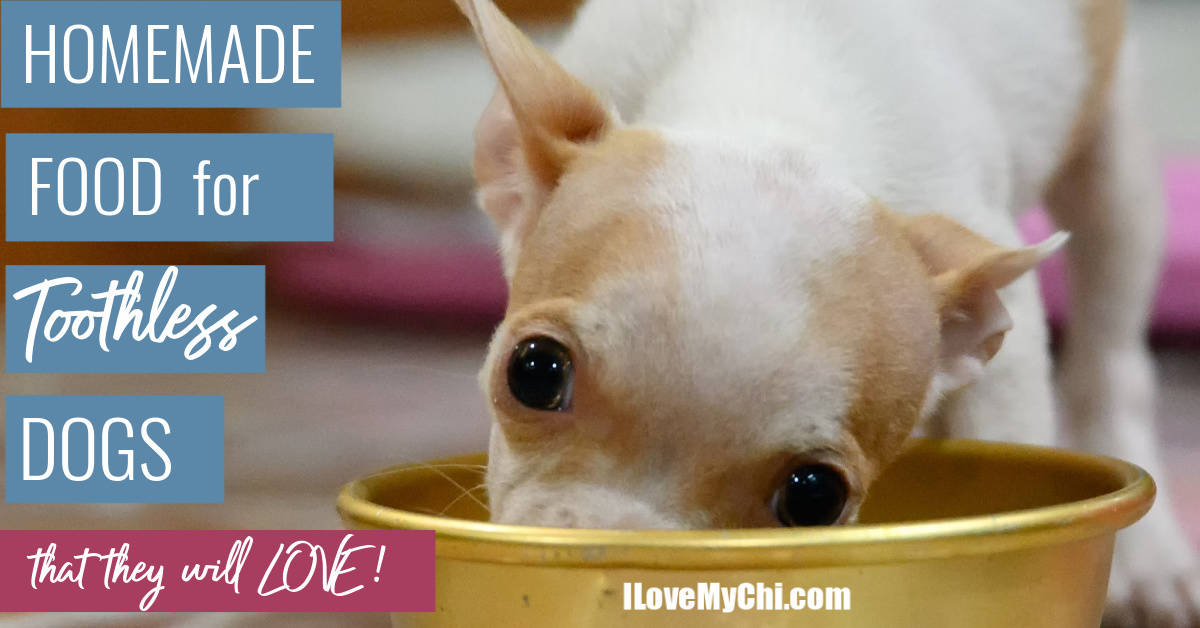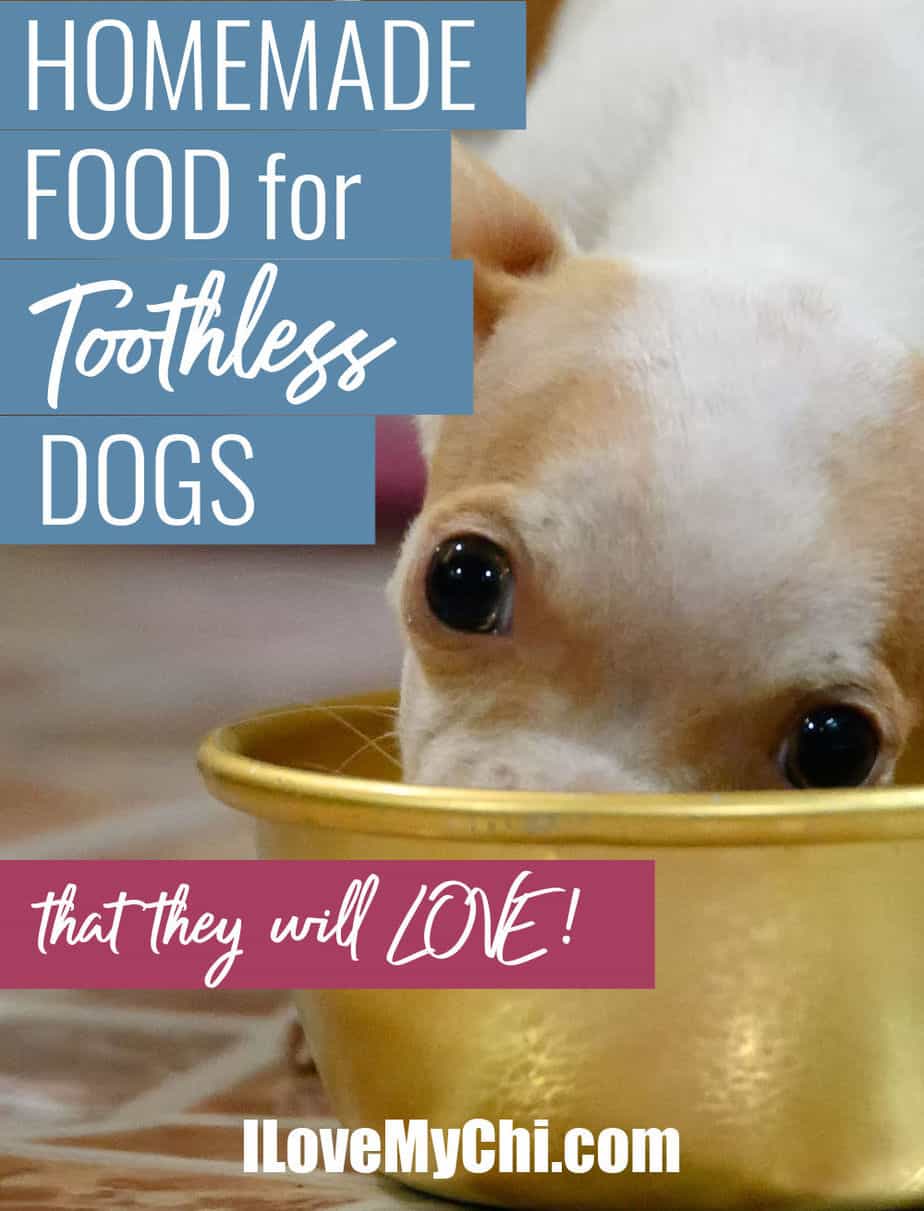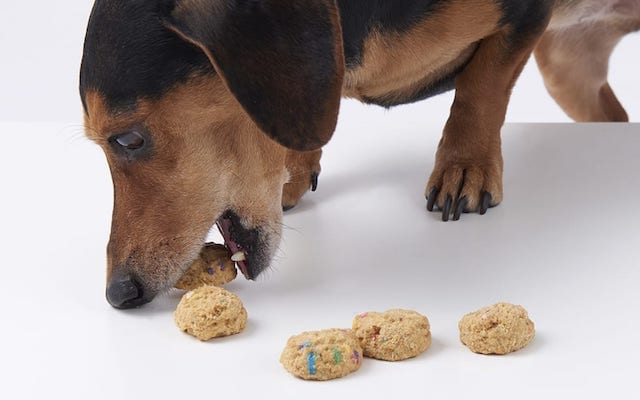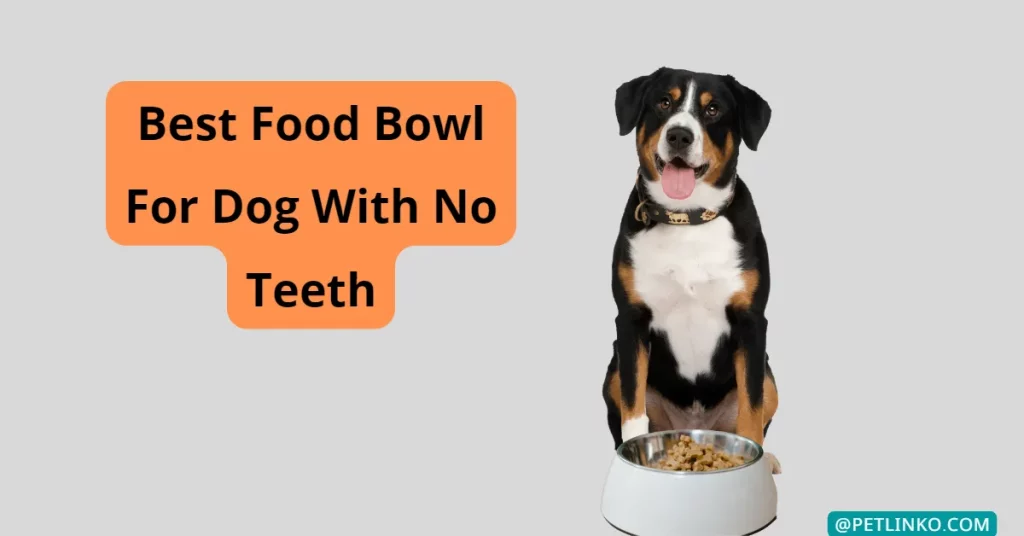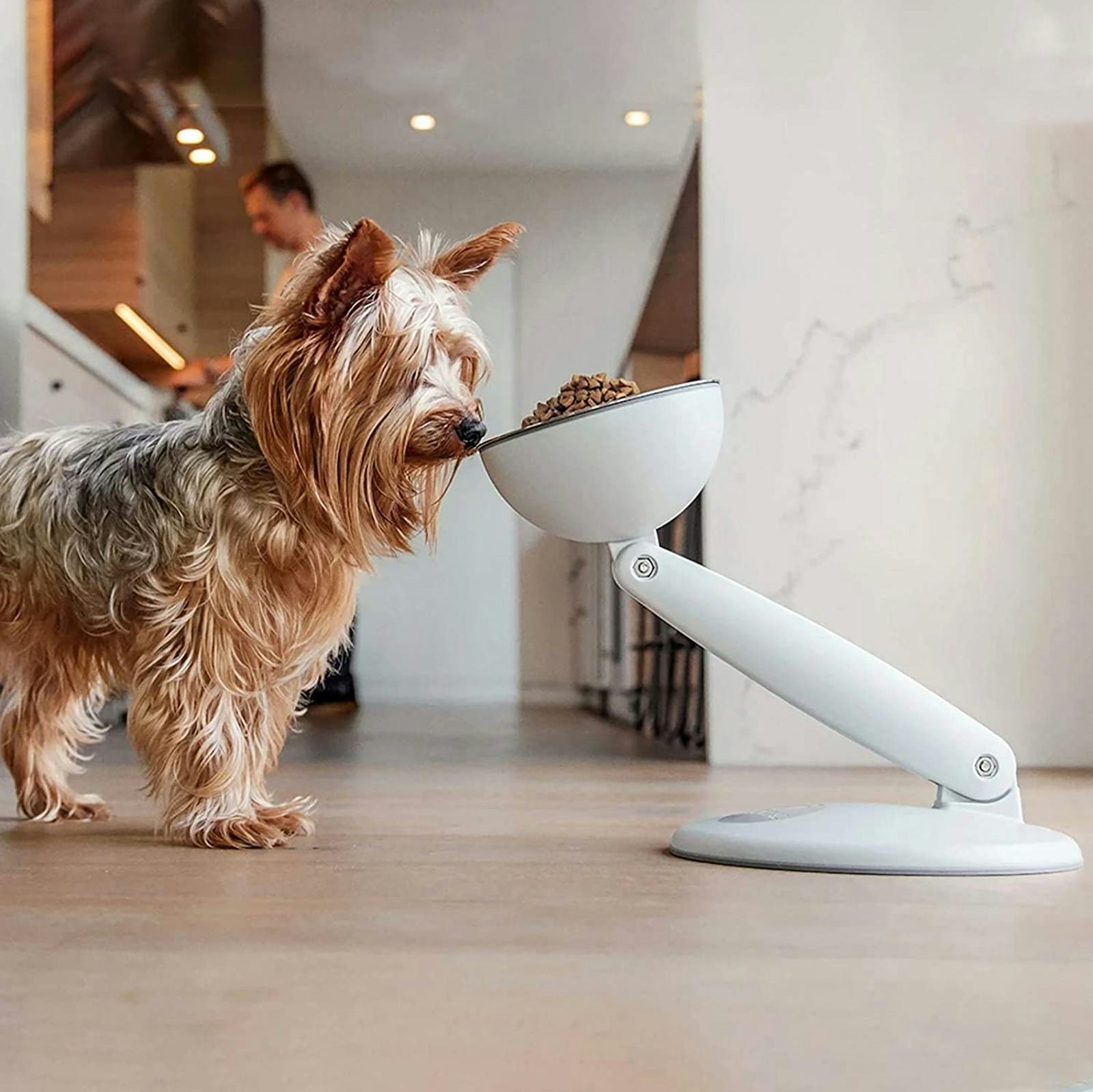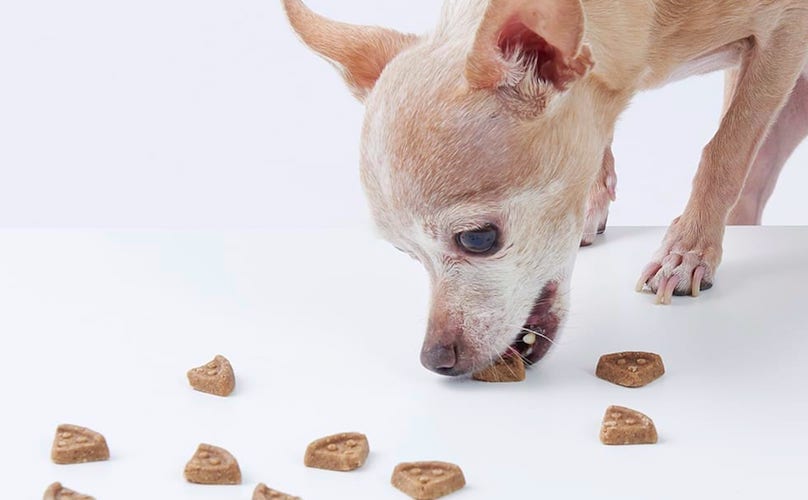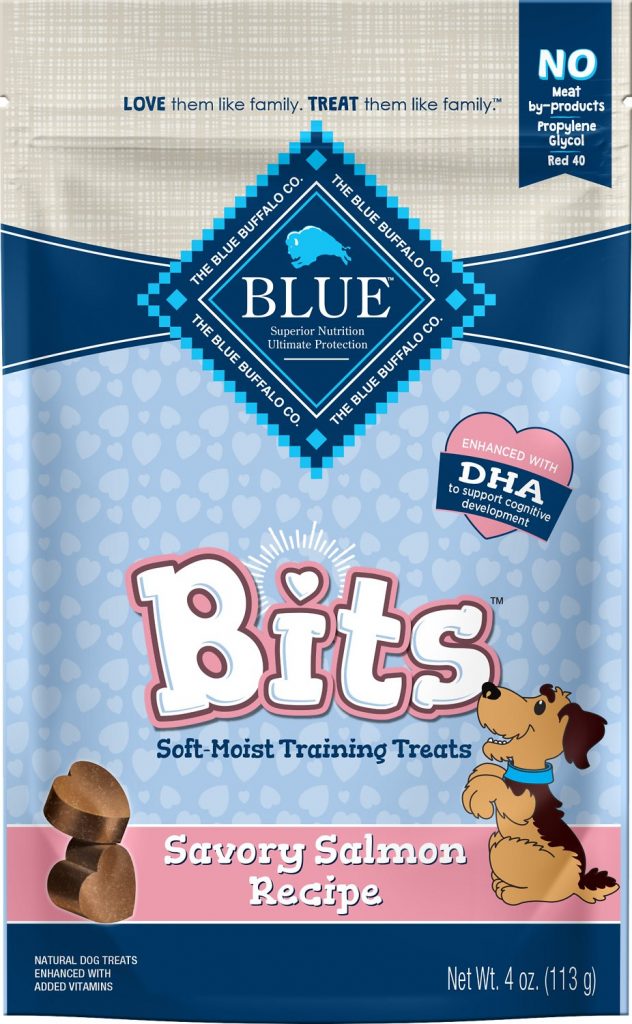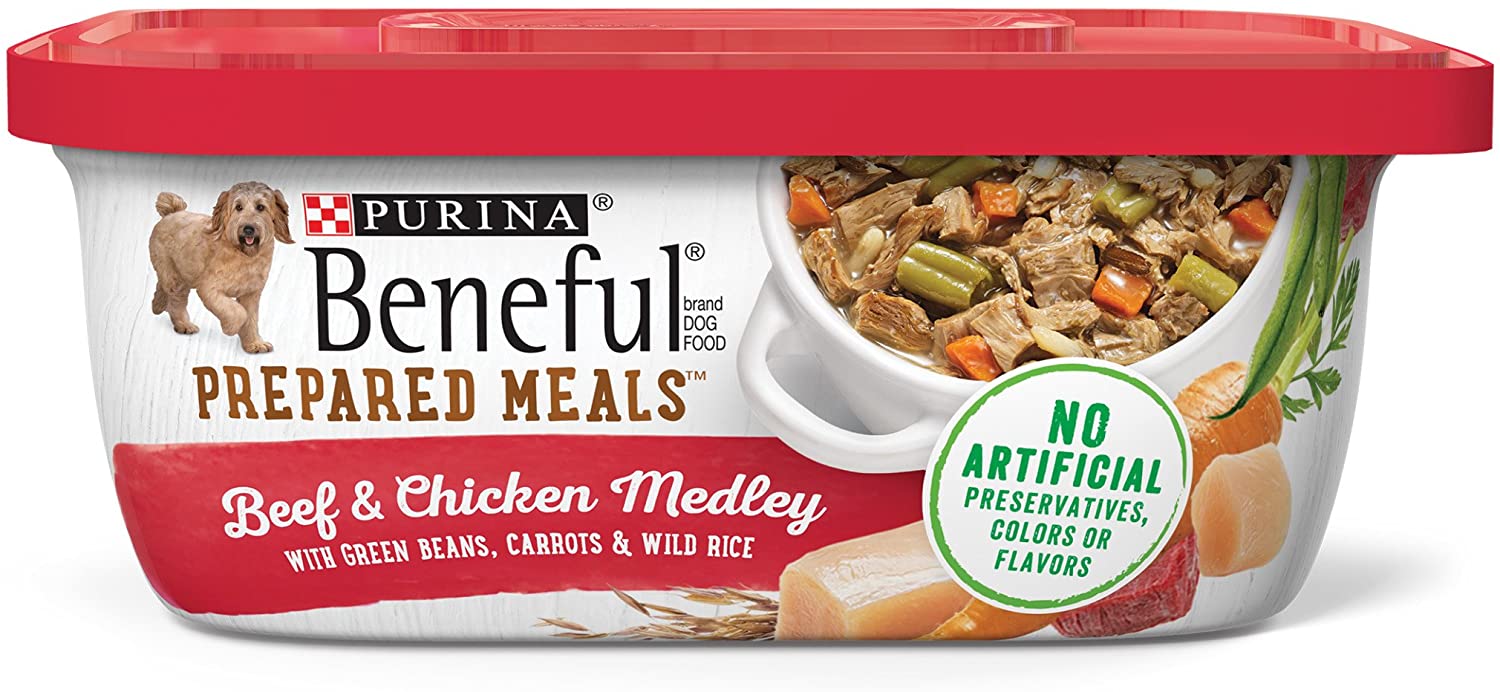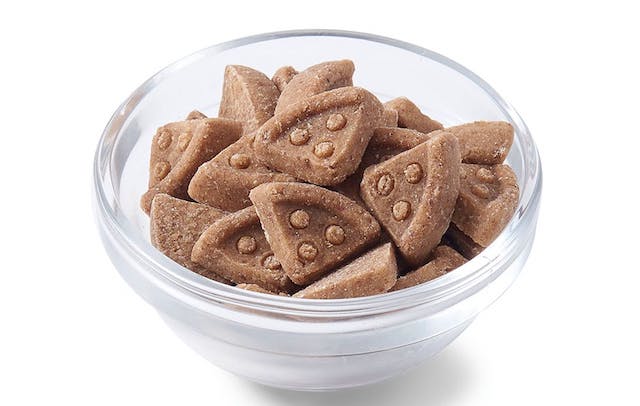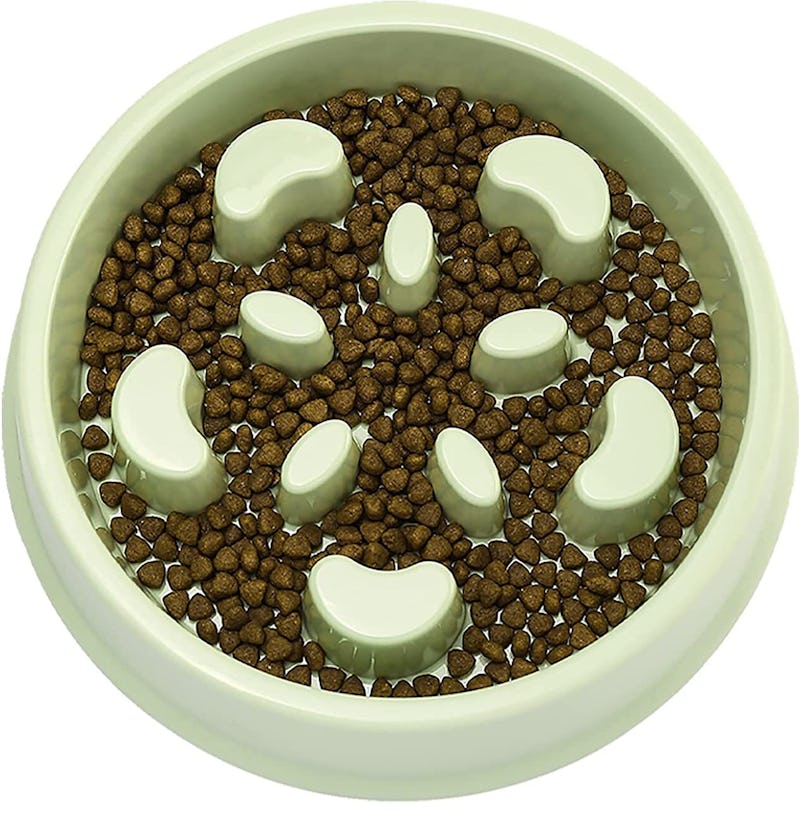Best Dog Food For Dog With No Teeth
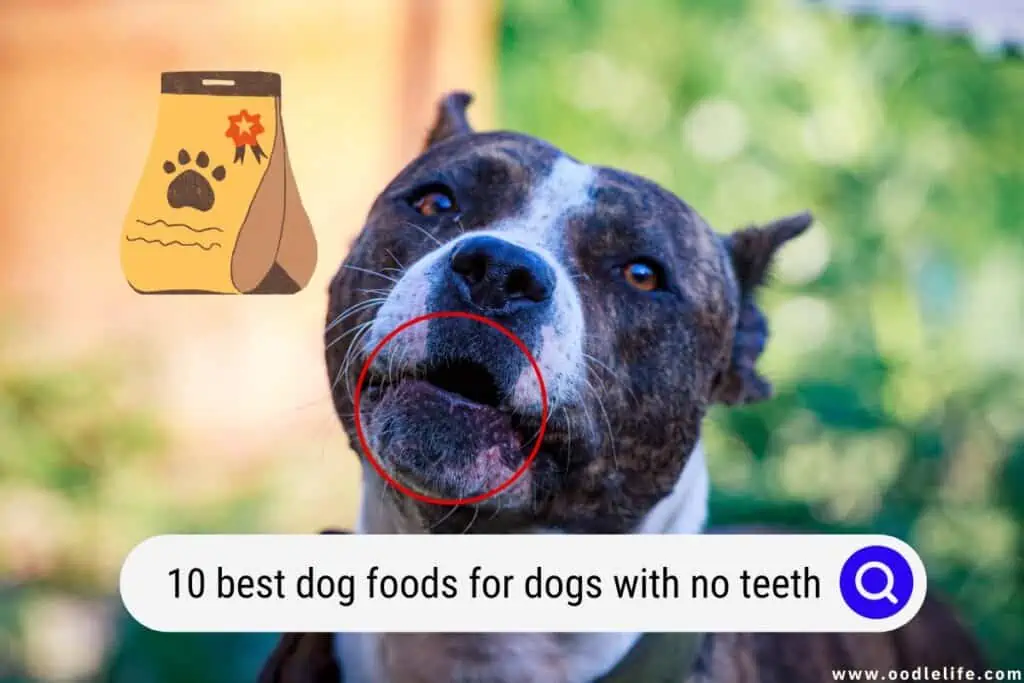
Imagine a world where every meal is a joyous occasion, a celebration of flavor and nourishment. Now, picture your beloved furry friend, gums gently massaging a delicious concoction, their tail wagging with pure satisfaction. This isn't a fantasy, but a reality achievable even for dogs who've lost their pearly whites.
Finding the right food for a toothless dog can feel daunting, but it's absolutely manageable. The key is understanding their needs and exploring the world of soft, palatable, and nutritionally complete options that cater to their unique circumstances.
Understanding the Needs of Toothless Dogs
A dog without teeth requires a diet that is easily digestible and requires minimal chewing. This often means opting for wet food, specially formulated soft kibble, or even homemade recipes carefully crafted for their sensitive mouths.
The absence of teeth can sometimes lead to decreased appetite or difficulty maintaining weight. Choosing a food rich in calories and essential nutrients becomes even more crucial.
Commercial Wet Food: A Convenient Choice
Many commercially available wet dog foods are excellent options. These often come in various flavors and formulations, making it easy to find something your dog enjoys.
Look for brands that prioritize high-quality protein sources, essential fatty acids, and added vitamins and minerals. Pay attention to the ingredient list, avoiding fillers and artificial additives.
Softened Kibble: A Gradual Transition
If your dog is accustomed to kibble, softening it with warm water or broth can be a great transition. This makes it easier to consume and digest.
Let the kibble soak for a few minutes until it reaches a mushy consistency. Adjust the amount of liquid based on your dog's preference.
Homemade Diets: A Personalized Approach
Preparing food at home offers the most control over ingredients. However, it is crucial to consult with a veterinary nutritionist to ensure the diet is balanced and complete.
A balanced homemade diet might include cooked meats, vegetables, and grains. Ensure all ingredients are soft and easily digestible.
Key Nutrients for Optimal Health
Regardless of the food type, prioritizing key nutrients is essential. Protein is vital for muscle maintenance and repair.
Healthy fats contribute to skin and coat health and provide energy. Vitamins and minerals support overall well-being.
Consider supplementing with omega-3 fatty acids to support joint health and reduce inflammation, particularly important for senior dogs who may have lost their teeth due to age-related issues. The American Veterinary Medical Association (AVMA) recommends consulting with a veterinarian to determine appropriate supplementation.
Making Mealtime Enjoyable
Mealtime should be a positive experience. Experiment with different textures and flavors to find what your dog loves.
Consider using slow-feeder bowls or lick mats to make eating more engaging. These can also help prevent gulping and promote better digestion.
"A happy dog is a healthy dog," says Dr. Emily Carter, a veterinary nutritionist. "Focus on creating a positive mealtime experience that caters to their needs."
A Life Filled with Love and Nourishment
Caring for a toothless dog requires a bit of extra attention, but the rewards are immeasurable. Seeing their joy and well-being is worth every effort.
Remember, a toothless dog can still live a full, happy, and healthy life. With the right diet and a lot of love, every meal can be a celebration of life.
So, embrace the journey and discover the delicious possibilities that await your furry friend. After all, a wagging tail and a full belly are universal signs of a life well-lived, teeth or no teeth.

